Have you ever seen a fruit that looks like a brain? It might sound strange, but some fruits really do have bumps, folds, and shapes that remind us of the human brain.
Nature is full of surprises. Sometimes, the way a fruit looks can even hint at how healthy it is for your body. People have noticed these patterns for centuries and often believed that foods shaped like body parts could help those parts stay healthy.
In this post, we’ll look at fruits that look like the brain — and you might be amazed at how many there are!
1. Osage Orange
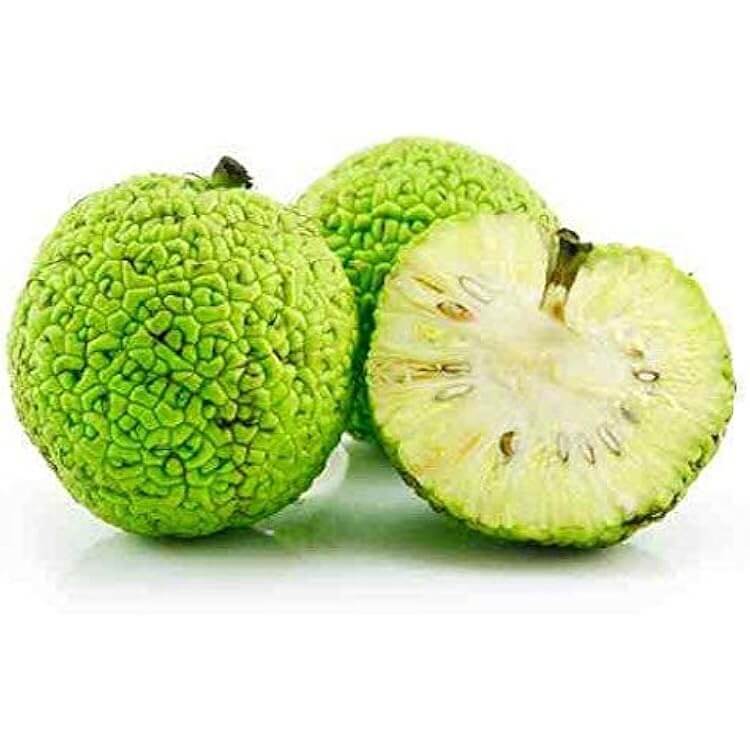
Often called “monkey brain” or “brain fruit,” the Osage orange is a large, round green fruit with a heavily wrinkled and deeply textured surface. Its bumpy, lobed exterior closely mimics the folds and grooves of a human brain. Although it’s not typically consumed due to its hard texture and unpalatable taste, the fruit is often used as a natural insect repellent and is admired for its quirky, brain-like appearance.
2. Walnut
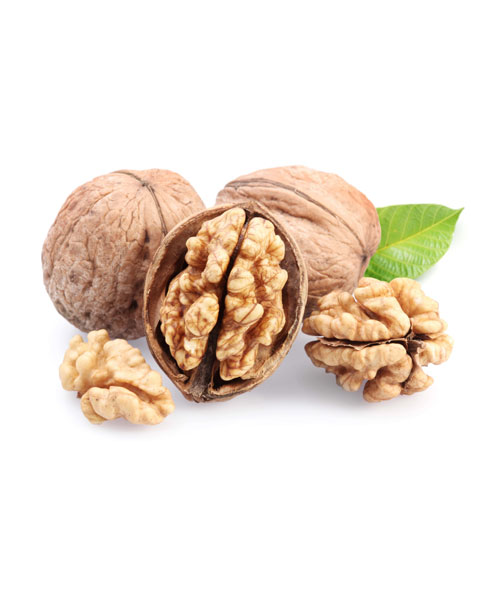
Crack open a walnut, and you’ll find a remarkable miniature replica of the human brain. The edible kernel is divided into two lobes—left and right—separated by a groove, much like our brain’s hemispheres. Its detailed folds and convoluted surface are not just visually interesting; they also make walnuts a symbol of brain health, due to their rich content of omega-3 fatty acids, which are beneficial for cognitive function.
3. Apple of Sodom (Calotropis procera)

The Apple of Sodom is a round, green fruit with a lobed, wrinkled surface that resembles the folds of a brain. Inside, it contains a spongy white pulp filled with milky latex. Though striking in appearance, the fruit is toxic and not edible. Historically linked to biblical tales, it’s known for looking appealing but being harmful. Despite its toxicity, parts of the plant are used in traditional medicine for their healing properties.
4. Tabon-tabon (Atuna racemosa)
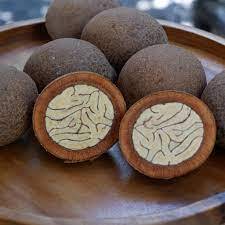
This hard-shelled fruit reveals a soft, wrinkled pulp that closely resembles brain folds. The pulp quickly hardens when exposed, so it’s scraped while soft and used in Filipino cuisine—especially in kinilaw, where it helps neutralize fishy odors and adds a unique sour-sweet flavor. Its sap turns white in vinegar, enhancing both the dish and the fruit’s culinary intrigue.
5. Kaffir Lime
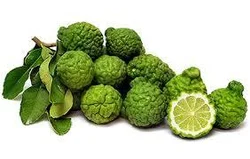
Kaffir limes are small, green citrus fruits with an unusually knobby, ridged surface. The wrinkled, irregular skin bears a resemblance to brain folds, especially when viewed from certain angles. While the fruit itself is extremely sour and rarely eaten raw, its zest and leaves are essential in Southeast Asian cooking, valued for their intense fragrance and flavor.
6. Kubal Fruit (Willughbeia sarawakensis)
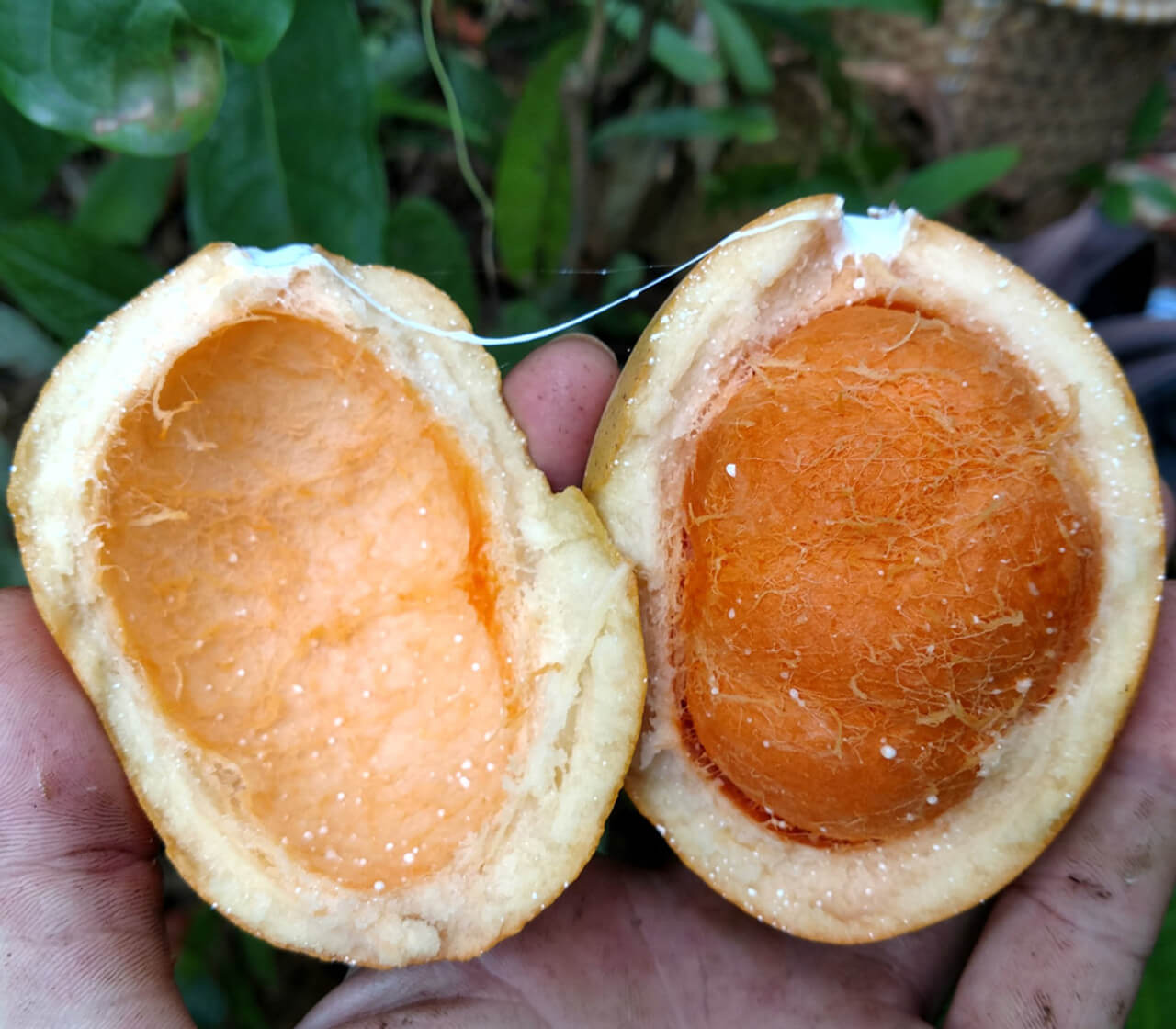
This rare jungle fruit from Borneo is a delightful visual surprise. After peeling away its thick skin, what emerges is a vibrant orange interior that looks strikingly like a wet, squishy brain. The brain-like shape comes from a cluster of hexagonally packed segments, each holding a seed surrounded by orange pulp. Its taste is as exotic as its appearance—a mix of tangy vitamin-like sourness and creamy sweetness reminiscent of peach yogurt. Highly prized by monkeys and foragers alike, the Kubal fruit is a jungle treasure.
7. Cacao Pod
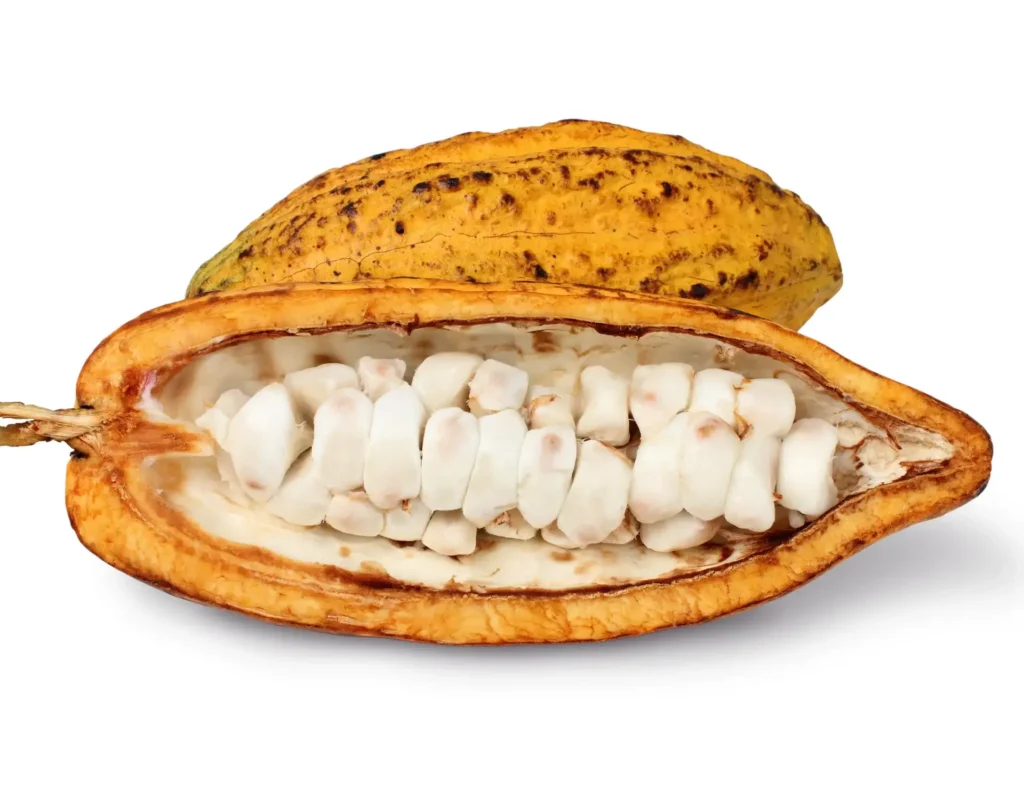
Though not immediately obvious, the cacao pod has subtle brain-like features. Its thick, ridged shell can resemble broad grooves, and when opened, it reveals rows of soft, white fleshy seeds that line up in an organized yet organic fashion. These interior segments may remind one of the brain’s structured complexity. Of course, this fruit is best known as the source of chocolate, but its layered, textured appearance earns it a spot in the brain-lookalike category as well.
8. Ganitrus (Elaeocarpus ganitrus)
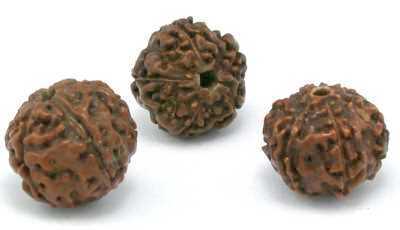
Commonly known as Rudraksha, the fruit of Ganitrus has a rough, grooved surface that resembles the human brain. When dried, its deeply segmented and textured seed looks like a miniature brain, often with natural lines dividing it into lobes. Though not eaten, it holds deep spiritual significance in Hinduism and Buddhism, commonly used to make prayer beads believed to aid in meditation and mental clarity.
Discover more fruits that resemble other body parts here: 20 Fruits That Look Like Body Parts
